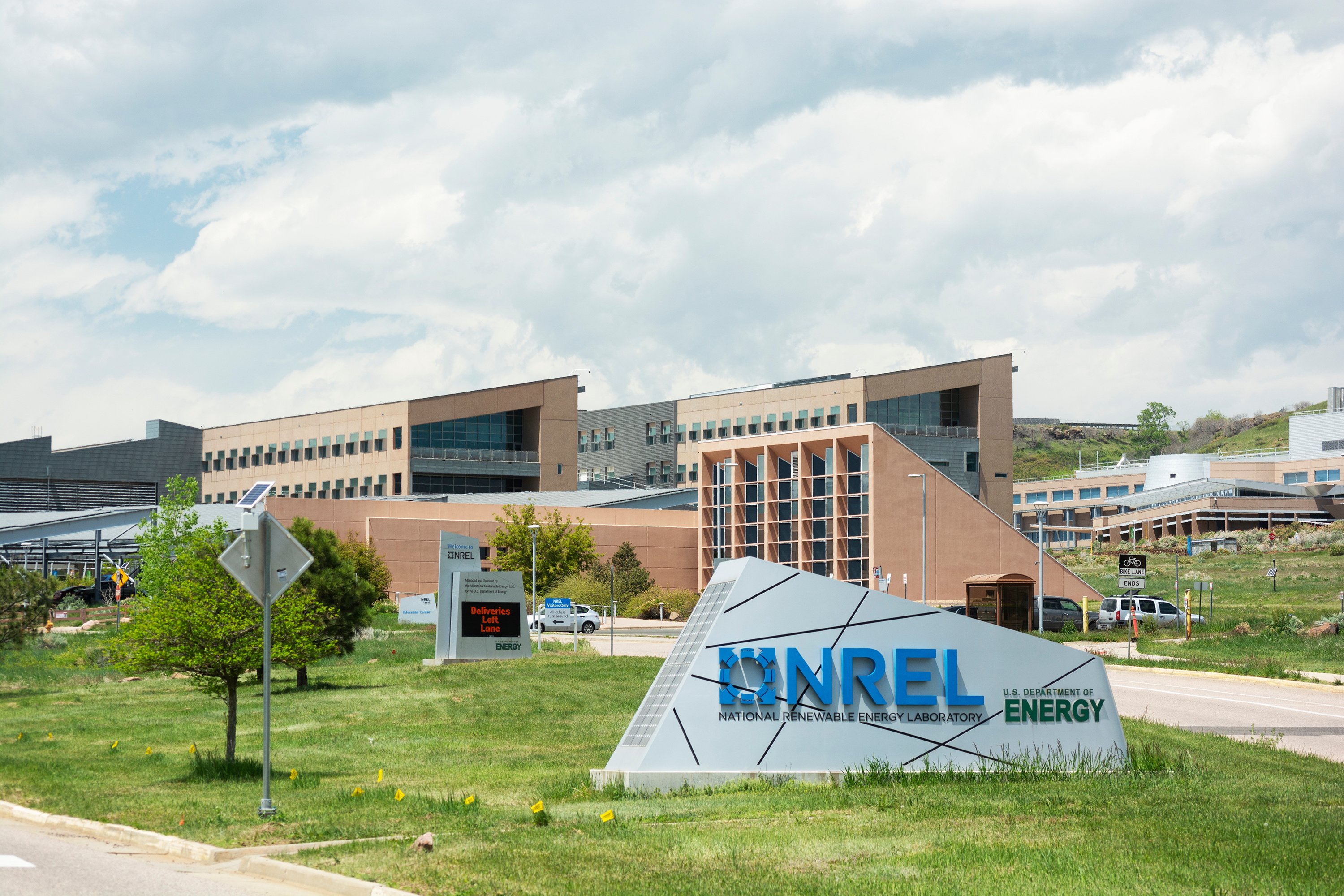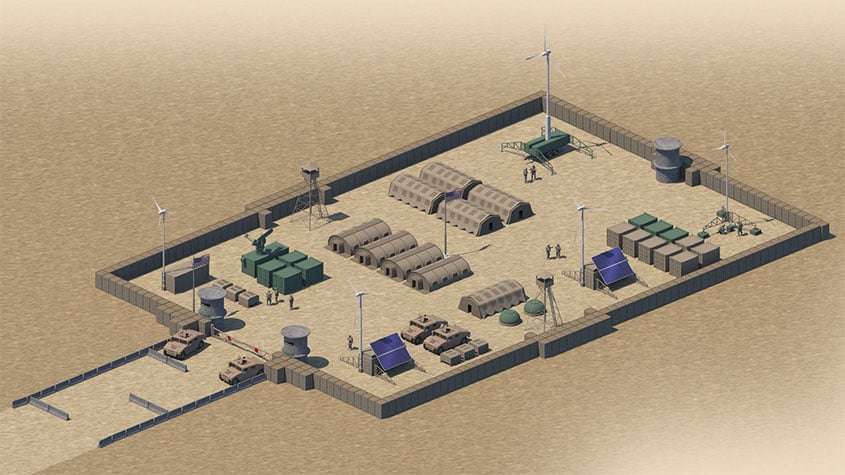Study Aims to Develop Better Backup Power Supply During Disasters
The National Renewable Energy Laboratory, Idaho National Laboratory, Sandia National Laboratory, and University of Dayton Research Institute have joined forces to research the best power generation approach in case of disasters.
“Electrical power became a necessity.” This phrase is proven true with natural disasters and conflicts occurring in unpredictable times and locations. Without power, most infrastructure from telecommunications to alarm and surveillance systems becomes unavailable. Also, most modern medical equipment and hospitals depend on electrical power.
The headquarters of the National Renewable Energy Laboratory. Image used courtesy of Adobe Stock
The National Renewable Energy Laboratory (NREL) and Idaho National Laboratory have been exploring solutions for this problem for the past four years. Wind energy has been proven to be the most successful source.
Wind Turbines Prove the Most Reliable
The main backup power sources used in most catastrophes are diesel generators. Diesel generators use a one-click operation startup. Only by connecting them to the load will power be available. The problem with diesel generators is that they use fuel. The potential of having a constant fuel flow to diesel generators is not to be relied upon during conflicts and catastrophes.
So the researchers took a different approach. Using renewable energy in those cases turns out to be efficient. The first choice was solar energy since photovoltaic modules are easy to transport and install. But solar energy depends on having sunshine as the source of energy, and in some cases, sunshine won’t be available.
The remaining transportable choice is power-generating wind turbines. Combined with an energy storage system (batteries, for example) and potentially an added capacity of photovoltaic modules, those systems turned out to be the most reliable in most cases.
Defense and Disaster Deployable Wind Turbines
The project “Defense and Disaster Deployable Wind Turbines” (D3T) is fully documented on Sandia National Laboratories’ official website.
The market assessment report for deployable wind turbines included several points. Energy estimates for international disaster reports, the availability of replacing diesel generators with wind turbines in military missions, and considerations of global wind energy resource and design considerations are some of the points discussed in the report.
Another report included benefits, applications, and guidelines for deployable wind energy turbines.
Three scales of on-site energy production were researched:
-
Mobile: Below 3 kilowatts (KW) and assembled in less than an hour.
-
Small: Between 10 and 20 KW and assembled in several hours.
-
Large: Up to 100 KW and could be set up in hours or days.
When conflicts or natural disasters strike, military and humanitarian organizations need fast, reliable power to respond. That is why Sandia National Laboratories is leading a multi-laboratory effort to explore how and when wind turbines could provide that critical energy. Image used courtesy of NREL
The research team also explored existing deployable wind turbines and photovoltaic projects. With the military and the American Red Cross preferring standard 20-foot shipping containers for transportation, three deployable wind turbine projects were used as examples. The first one is HCI Energy, which includes a wind turbine, photovoltaic modules, and a battery storage system transported in a 20-foot container.
The second example is Uprise Energy’s trail-mounted system. The system includes a 10 kW wind turbine that rises using a telescopic tower and fits into a 20-foot container.
The third is a 30 kW system under development by Bergey Windpower. This system includes two wind turbines shipped in a 40-foot container.
The guidelines report also includes an overturning analysis for the 20- and 40-foot containers used as foundations for the deployable wind turbine systems.
For an even faster setup, deployable wind turbines could use their shipping containers as a foundation. Image used courtesy of NREL
Research Objectives and Future Trials
The major incentive for releasing the guidelines and working on the research is pre-planning for upcoming conflicts and disasters where these technologies should be ready, tested, and reliable in scenarios when people's lives are at risk. The guidelines were put in to ensure that solution providers develop efficient systems using an adapted common reference.
Trials in the Arctic and Alaska are being planned, and those trials will be used as a fuel-save technology for communities in those areas.
The project was funded by the U.S. Department of Energy’s Wind Energy Technologies Office.








